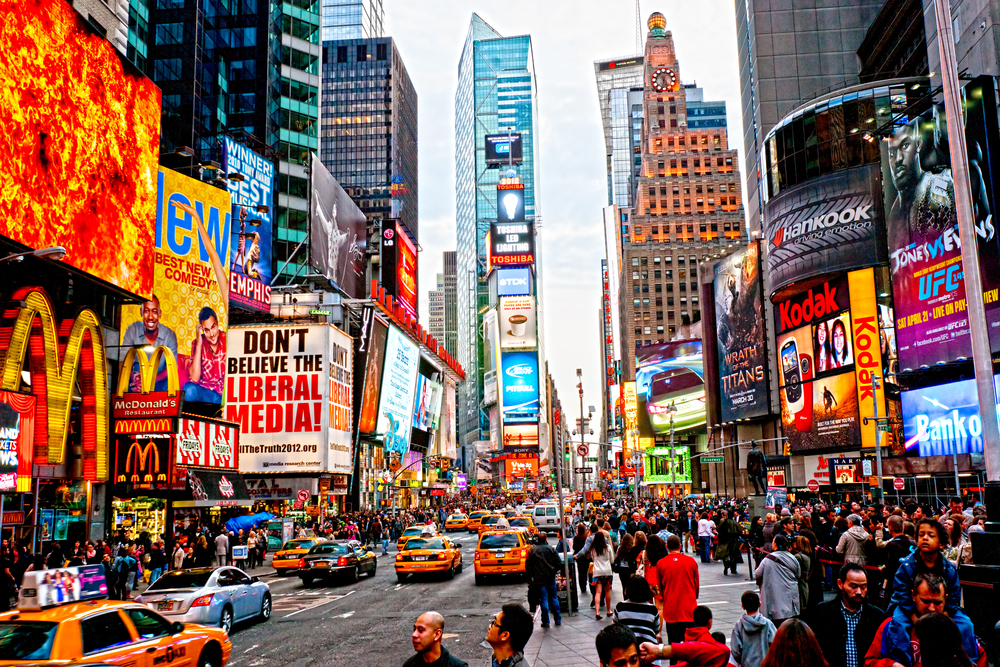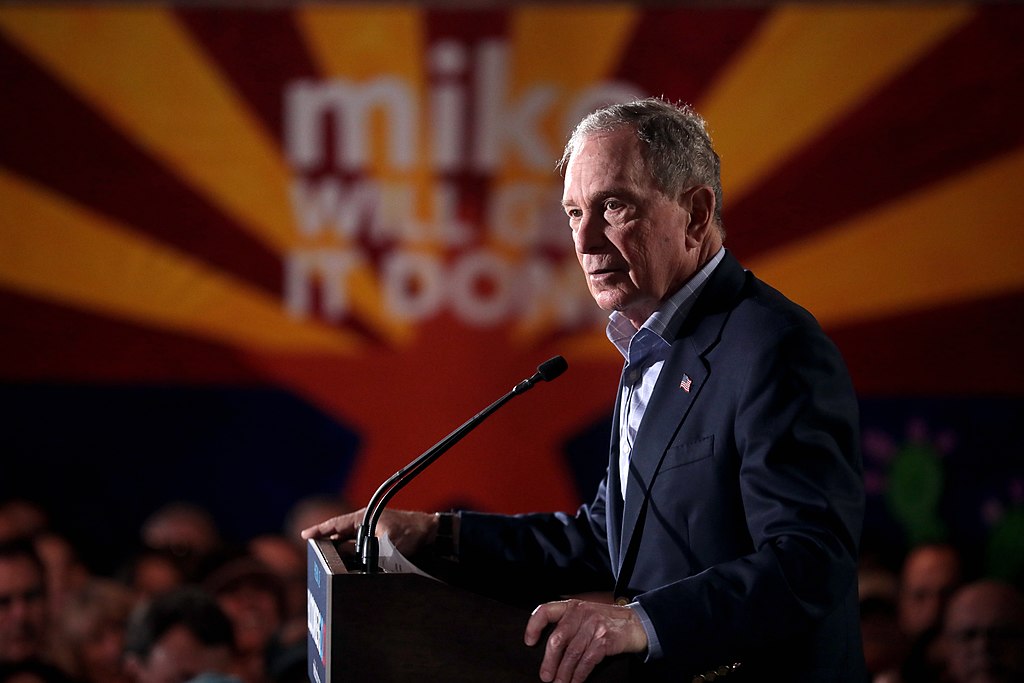The written word has never been as accessible as it is today; one estimate from 2016 puts the global literacy rate at around 86 percent, a figure that would have been unthinkable just a few centuries ago. But at the same time, The Washington Post found in 2018 that American adults seem to be reading less for leisure, and a recent study conducted by Stanford found that the pandemic had a strong negative impact on childhood literacy rates. Has that post-literate future already arrived, and if so, what will fill the void left by books?
While the omnipresence of social media has lent a new sense of urgency to these questions, the anxieties behind them are hardly new. In the post-war period, television, radio, and cameras invaded the American home, and began to insidiously reshape the way we interact with our world. In the 1970s, literary critic Susan Sontag wrote despairingly of this new visual culture in On Photography; in her view, language and the fine arts were being supplanted by photographs, which claimed to present an objective view of reality in a way that drops of ink and splotches of paint could only dream of.However, Sontag believed that an image-saturated world was a politically insipid one. She wrote that
The limit of photographic knowledge of the world is that, while it can goad conscience, it can, finally, never be ethical or political knowledge . . . The very muteness of what is, hypothetically, comprehensible in photographs is what constitutes their attractiveness and provocativeness. The omnipresence of photographs has an incalculable effect on our ethical sensibility. By furnishing this already crowded world with a duplicate one of images, photography makes us feel that the world is more available than it really is.
Sontag saw the post-literate world as a visual one, but another philosopher proposed a different view. Media theorist Marshall McLuhan explained in 1962 that before the advent of 20th-century technology, literate people in the Western world thought sequentially. Political treatises, newspapers, and novels that followed a clear structure (beginning, middle, and end), and contributed to a broad sense of progress, whether on a micro or macro scale. But technology, McLuhan argued, had swept all of that away. As scholar Mark Cuenco explains, McLuhan believed that “A society becomes post-literate when electronic media compresses its experience of literacy to such an extreme degree that the simultaneity of the oral replaces the sequentalism of the typographic as the dominant pattern of thought and sense-making.” McLuhan, who predicted the advent of the Internet decades in advance, believed that literate culture had already been supplanted.
Through radio and television, oral culture – not visual culture – became dominant, and Cuenco argues that this is still the case.
Though staring at a screen is technically a visual experience and there is reading involved—be it of a Tweet, a Facebook post, or a cable news scroll—the fundamentally dynamic, ever-fleeting, and disjointed character of the content on the screen delivers indigestible volumes of information all at once, without much sequence or structure.
Visual culture, he argues, “operates on the principle of focus or linear sequence,” much in the same way that the written word does. While we do read a Tweet or the caption on a TikTok, the experience is so radically different from that of reading a book (one locks us into an endless scroll, while the other has a definitive start and end point) that the two experiences are hardly comparable. If McLuhan is right, a post-literate oral culture may lose the ability to create sustained political change through sequential planning. The here-and-now immediacy of oral culture may, ultimately, pose the same dangers that Sontag saw in visual culture.
While Sontag and McLuhan provide compelling critiques of technological advancement, it may be too soon to sound the death knell for literacy. Americans may spend less time reading for pleasure, but online retailers like Amazon prove that there is still a market for books, shrinking though it may be. It might be more accurate to say that we’re in a period of transition, neither entirely literate nor entirely oral/visual, and with drastic educational reform, this trend is still subject to change.








